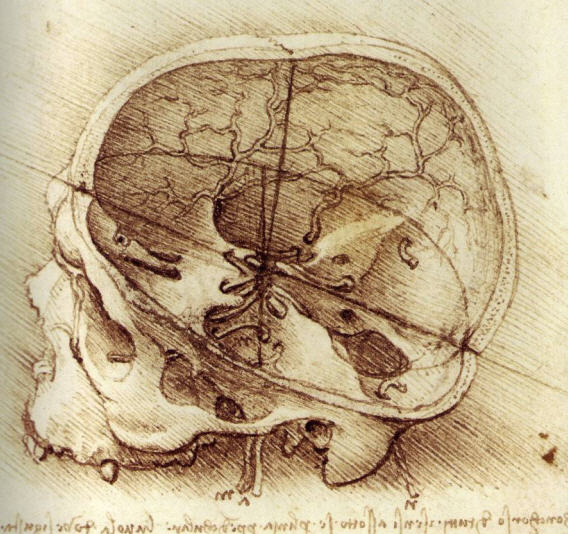The Mindful Mona Lisa: Art and Hippocratic Medicine

As the Anthropocene age continues to dawn on us, the effects of our presence on this planet increase. Some are perhaps benevolent, but many damage the natural world and show little sign of stopping. It is inevitable, then, to want to heal or repair the harms we have inflicted on the environment, other species, and ourselves. Indeed the urge to heal our world goes back to earliest human prehistory.
To heal so many complex and interconnected systems may require a new and more Hippocratic understanding of identity. Where once we viewed ourselves as owners and consumers of the world, we must now evolve into healers in how we work, think, play, produce, consume, and communicate. This is a major change but one we have specifically evolved the capacity to accomplish, even rapidly, when circumstances demand it.
Hippocrates helped define the practice of medicine in ancient Greece. His school is likened to Thucydides’ style of history: to observe accurately, to maintain non-judgmental awareness, and to learn. Imposing control is viewed with caution, as it can often harm the patient or distort their history.
The Hippocratic corpus took shape during the age of classical Greek tragedy, each informing the other (see J. Jouanna, "Hippocratic Medicine and Greek Tragedy"). Just as tragedy is ancient Greek medical theory for the body politic, Hippocratic medicine focuses on observing, ameliorating, and learning from disease. In tragedy it is the urge for power or hubris that causes the malady.
Leonardo studied another poetic work, Ovid’s Metamorphoses, in which all life is viewed as change. Leonardo believed visual and verbal imagination to be intertwined, writing “you may call them both either poetry or painting,” and that the earth is like a body, always changing: “we might say that the earth has a vegetative soul, its flesh is the soil, its bones are the arrangements of the connections of the rocks…its blood is the veins of waters.”
Neuroscientist Peter Sterling writes in What is Health? that the concept of “allostasis,” or “stability through change,” should replace “homeostasis” or equilibrium, adding that “Network medicine will need to include the uniquely human aspects of our design -- those governed by our obligatory and intense sociality.... [and] capacities for sacred practice: music, prayer, and contact with nature.” Health is now being understood with greater complexity, applied not just to crises like COVID-19 but to climate change and economic inequality. As Sterling demonstrates, the “buy and consume” view of agency--our sense of our ability to act and exist--is insufficient not only for beauty and ethics but for preserving life on this planet.
Hippocratic Anthropocene agency may lead our understanding of aesthetic experience to evolve yet again into both new and re-discovered forms. This will impact what we consider beautiful and true, thus shaping the desires that drive market economics and many other aspects of society.
The Mona Lisa is an ideal of what flowing, dynamic, balanced change can achieve toward human wellbeing. It blends expression and meditation to help us imagine and foster health just as the natural world has always done. To learn this, we need only to look and listen with the avid respect that defines the highest aims of all traditions.
Next week: Portrait of Experience
